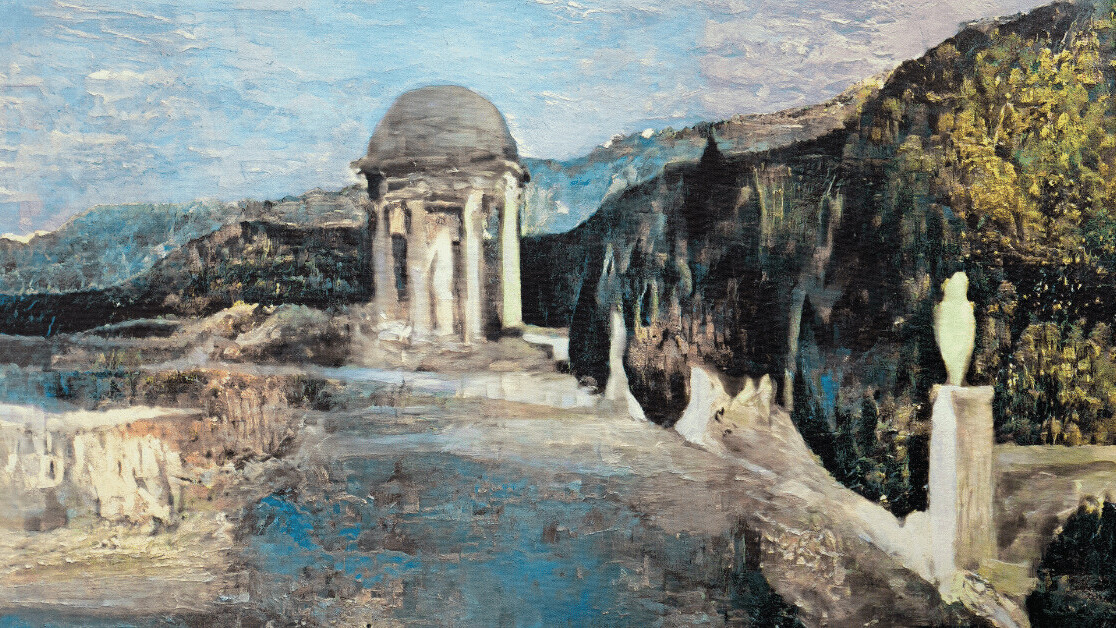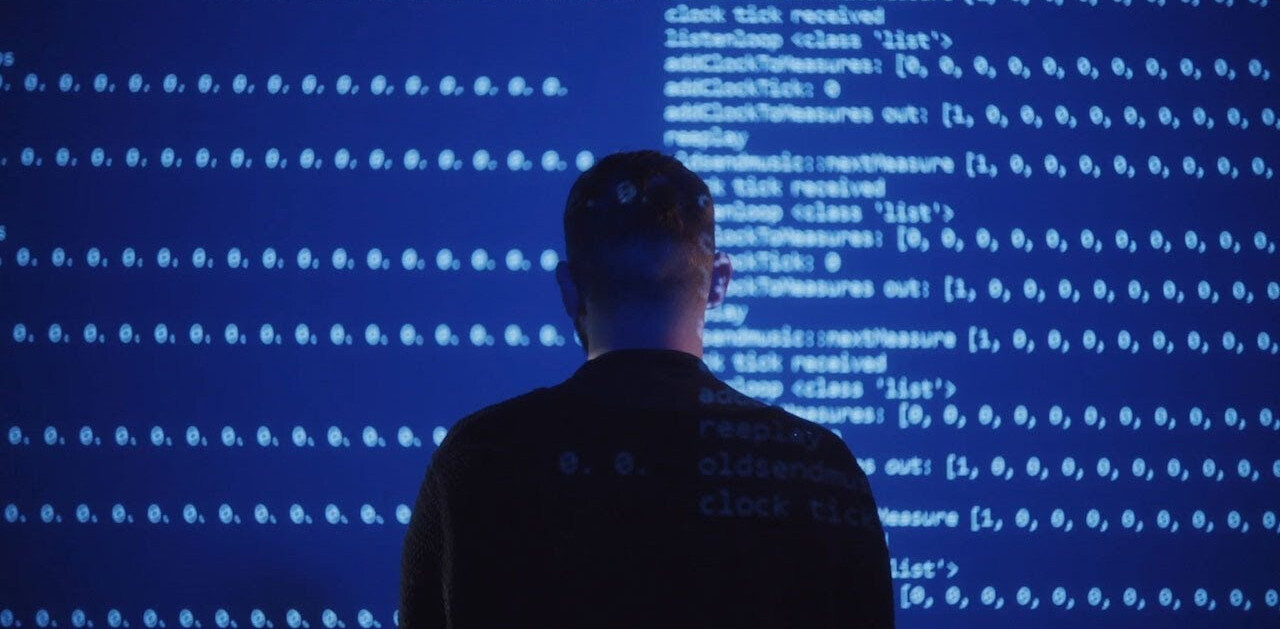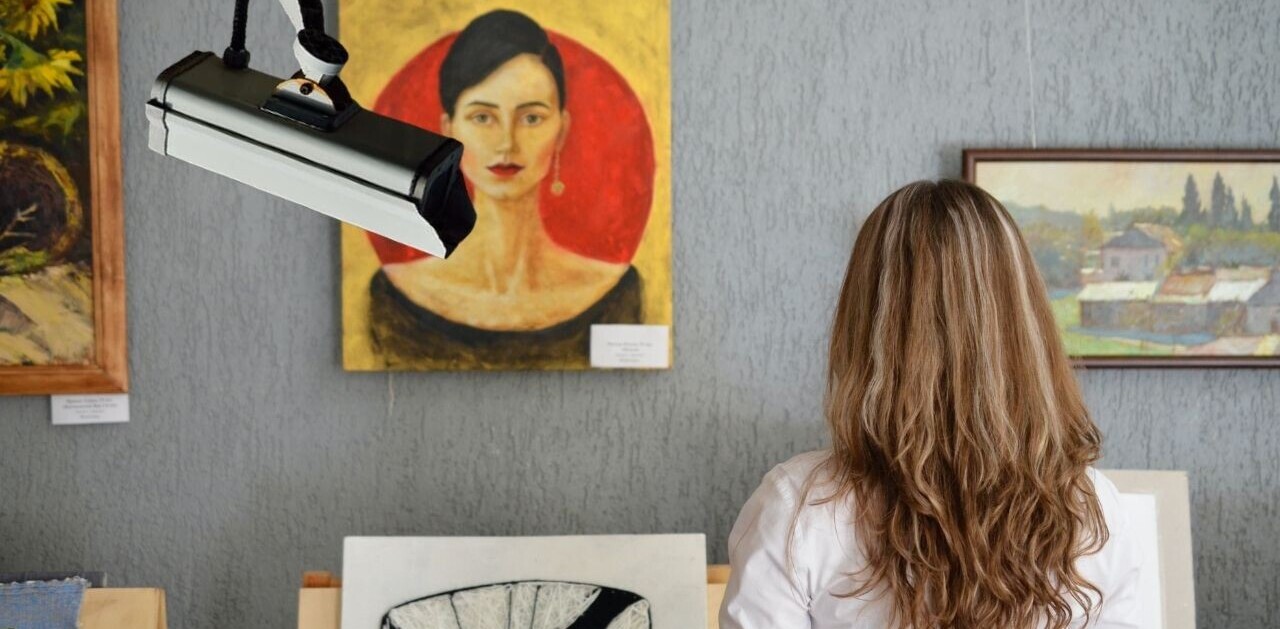
AI has helped recreate an artwork that had been hidden under a Pablo Picasso painting for nearly 120 years.
The mysterious landscape lurks beneath the visible surface of Picasso’s La Miséreuse Accroupie (The Crouching Beggar), a portrayal of a destitute woman.

In 2018, researchers used an X-ray fluorescence imagining instrument to reveal a faint image of the covered scene.
Art historians suspect it’s a painting of a park near Barcelona by Santiago Rusiñol, a friend of Picasso’s and leader of the Catalan modernism movement. They believe Picasso traced the hills on the landscape to shape the contours of the crouching woman’s back.
[Read: New AI technique transforms any image into the style of famous artists]
The X-ray imaging had uncovered a murky shadow of the painting. AI has been used to reconstruct the image in detail and color.
Resurrecting buried art
The recreation was made by Oxia Palus, an art collective that uses AI to uncover lost masterpieces.
The Oxia Palus team used a combination of spectroscopic imaging, AI, and 3D printing to actualize the visible trace of the landscape. They call the method “the neomastic process.”
They then used a 3D height map to layer paint onto the canvas in a way in the style of Rusiñol. They say the approach integrates the depth, thickness, approximate length of the artist’s brushstrokes into the recreation.
Oxia Palus’ co-founder, George Cann, says the process can shed light on hidden artworks:
As we use more AI to accelerate the identification and reconstruction of critically important lost art, we will have a highly significant impact on enabling a better understanding of the interwoven history of art and society.
Oxia Palus is now selling 100 of the canvases, with the inevitable accompaniment of an NFT.
We can’t know how closely the reinterpretation matches Rusiñol’s original, but the technique could be an interesting tool for art historians.
Greetings Humanoids! Did you know we have a newsletter all about AI? You can subscribe to it right here.
Get the TNW newsletter
Get the most important tech news in your inbox each week.




